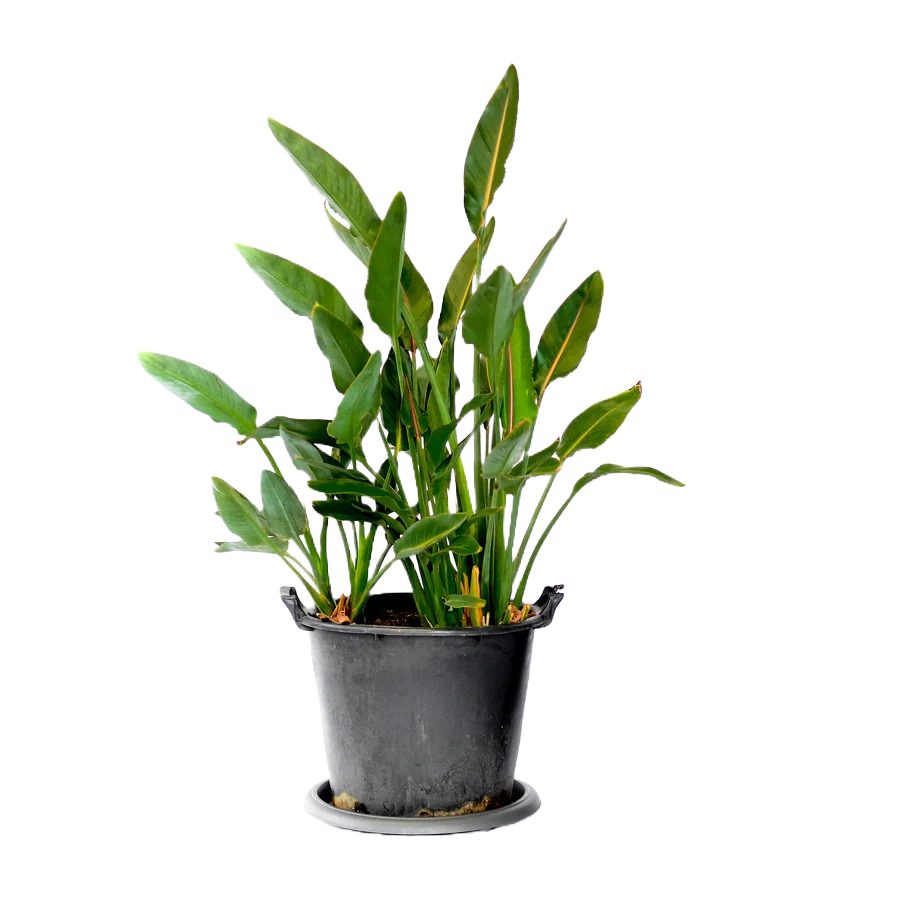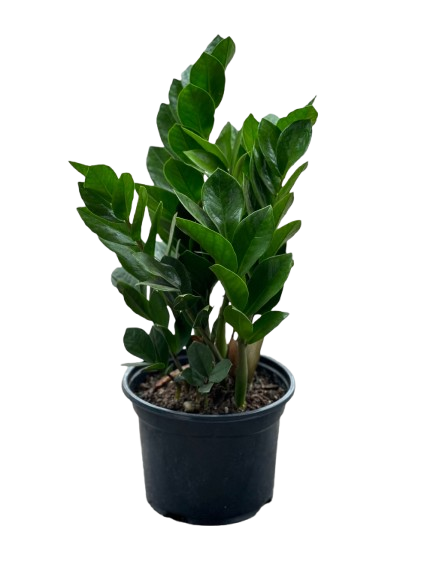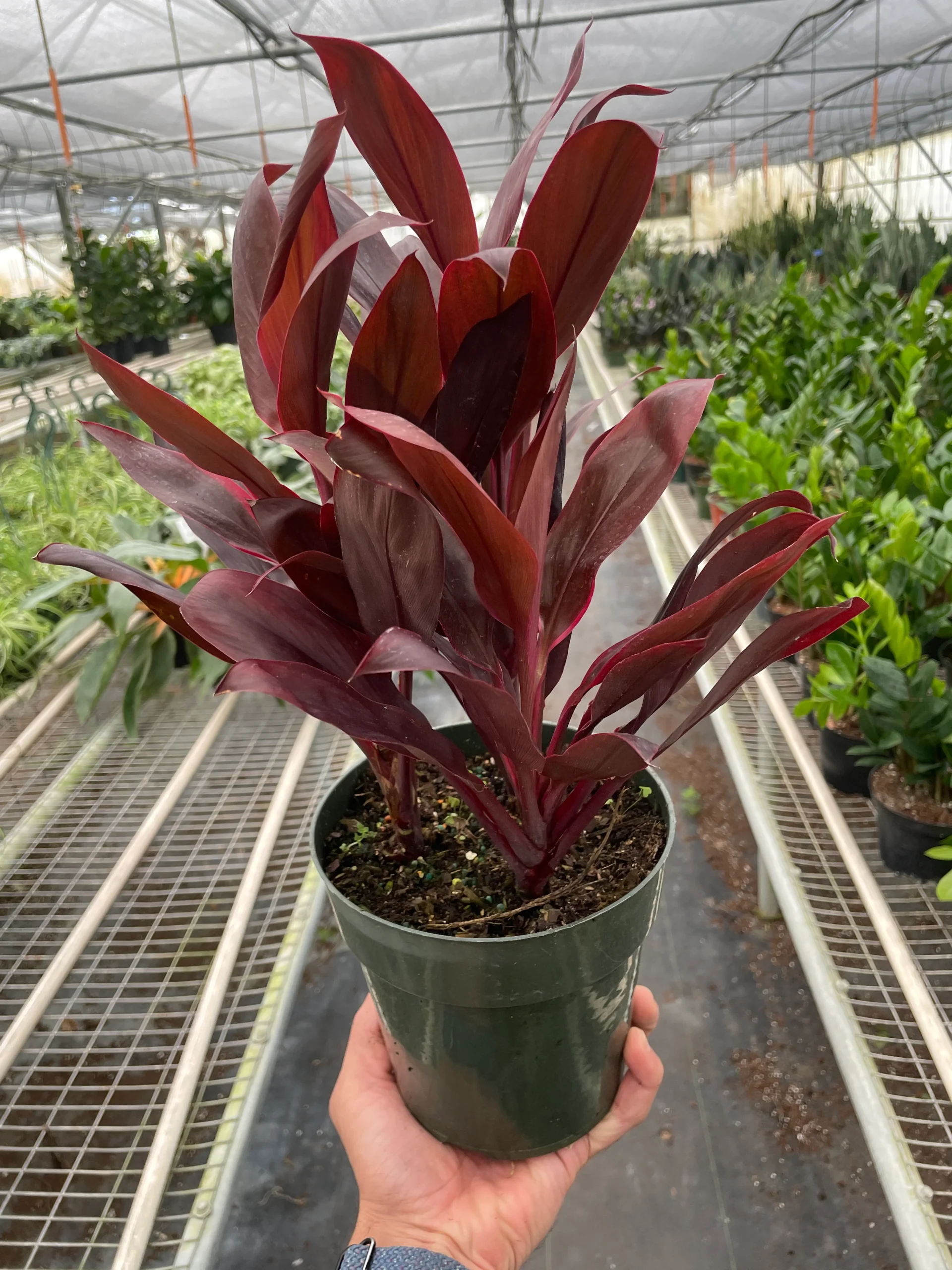Cordyline is a stunning tropical plant known for its brightly colored leaves ranging from deep green to shades of red, purple, and pink. Popular in Kenyan gardens and homes, it is valued for its striking foliage and ability to add a vibrant, exotic touch to landscapes, verandas, and indoor spaces. Easy to grow and versatile, Cordyline has become a favorite for both ornamental and practical gardening.
Why Grow This Plant?
- Offers vibrant foliage in shades of green, red, and purple.
- Low-maintenance and tolerant of Kenya’s warm climate.
- Perfect as an ornamental centerpiece indoors or outdoors.
- Improves indoor aesthetics with a tropical vibe.
- Can be grown in containers or directly in the garden.
Cultural & Historical Significance
Cordyline is native to Southeast Asia and the Pacific Islands, where it holds spiritual and cultural significance. In Polynesian traditions, it was planted around homes for protection and good luck. Today, it is widely grown across tropical regions, including Africa, as a symbol of vitality, beauty, and prosperity. In Kenya, its colorful leaves make it a popular decorative choice in gardens and homes.
Ideal Growing Conditions in Kenya
- Sunlight: Prefers bright, indirect sunlight but can tolerate partial shade.
- Temperature: Thrives in 18°C – 30°C, ideal for most Kenyan regions.
- Soil: Well-draining, fertile soil enriched with organic matter.
- Watering: Keep soil consistently moist but not waterlogged.
- Best regions: Nairobi, Kisumu, Nakuru, Mombasa, and other warm areas.
How to Plant It
- Select a healthy Cordyline plant from a nursery.
- Prepare a pot or garden spot with rich, well-draining soil.
- Remove the plant from its nursery bag and gently loosen the roots.
- Place the plant in the hole or pot and backfill with soil.
- Water thoroughly and position in bright, filtered light.
Care Tips
- Water regularly to keep soil moist, especially during hot seasons.
- Fertilize every 4–6 weeks with a balanced fertilizer for healthy foliage.
- Prune old or damaged leaves to encourage new growth.
- Mist the leaves occasionally to maintain humidity.
- Repot every 2–3 years if grown in containers.
Pests & Diseases
- Spider mites: Cause leaf discoloration; treat with insecticidal soap.
- Mealybugs: White cottony pests; remove with neem oil.
- Leaf spot: Fungal infection; reduce watering and remove affected leaves.
- Root rot: Avoid overwatering and ensure proper drainage.
Pet Safety
Cordyline is toxic to cats and dogs if ingested, causing vomiting and drooling. Keep the plant out of reach of pets in Kenyan households.
Growing in Containers
Cordyline is well-suited for container gardening. Use medium to large pots with good drainage and place them on verandas, patios, or bright indoor spaces. Its colorful leaves make it an attractive accent in any setting.
Where to Buy This Plant in Kenya
You can buy Cordyline in Kenya from Planters Kenya. They provide healthy, vibrant plants and stylish pots with delivery across Nairobi and other major towns.
Final Thoughts
Cordyline is a perfect choice for adding color, texture, and tropical charm to Kenyan homes and gardens. With minimal care, it thrives in Kenya’s climate and rewards you with bold, decorative foliage year-round.
Planters.co.ke is your trusted source for plants, pots, and all things green in Kenya. From starter herbs to exotic indoor plants, we help you grow beautiful spaces—naturally.
Recent Posts
- Asiatic Lily Bulbs in Kenya: Vibrant Color, Easy Growth & Garden Beauty
- Dendrobium Orchids: Elegant Blooms, Easy Care & Indoor Beauty
- Vanda Orchids: Vibrant Colors, Air-Grown Beauty & Elegant Displays
- Vriesea Bromeliads in Kenya: Elegant, Colorful & Easy to Grow
- Manuka : Beauty, Healing & Natural Resilience







